Van Don is like a sparkling pearl chain in the Northeastern sea of our country. However, to exploit the heritage of Van Don, especially the cultural heritage value of the Van Don commercial port system, there are still many things that need to be clarified in terms of history, culture and to turn this priceless heritage into a service for tourism development.
Since the Ly Dynasty, the position of Van Don Commercial Port has become extremely important. Not only the cultural relic layer about 60cm thick containing ceramic pieces of the Ly, Tran, Le dynasties stretching 200m along the shore of Cai Lang sea (mainly ceramics of the Ly Dynasty) has shown that during the Ly Dynasty there was a very large commercial port here, on the island commune of Quan Lan, but also the documents have recorded it.
Archaeological traces have proven that Van Don Port was a large commercial complex consisting of several ports on the islands, the largest of which was Cai Lang Port. The role of this port center was as a kind of "wholesale market" collecting goods from China, from mainland Vietnam, from several other countries and redistributing them to the regions. Van Don Port was also a good logistics base: On the East-West trade route, merchant ships needed a place to rest, eat, and get fresh water, and the fresh water source here was also abundant, typically the "Huu well", which was very necessary for long sea voyages. On the other hand, with its location, Van Don had many sea bays, sheltered from wind and storms, and was also a convenient area for anchoring ships and building houses and stations for large-scale trading.
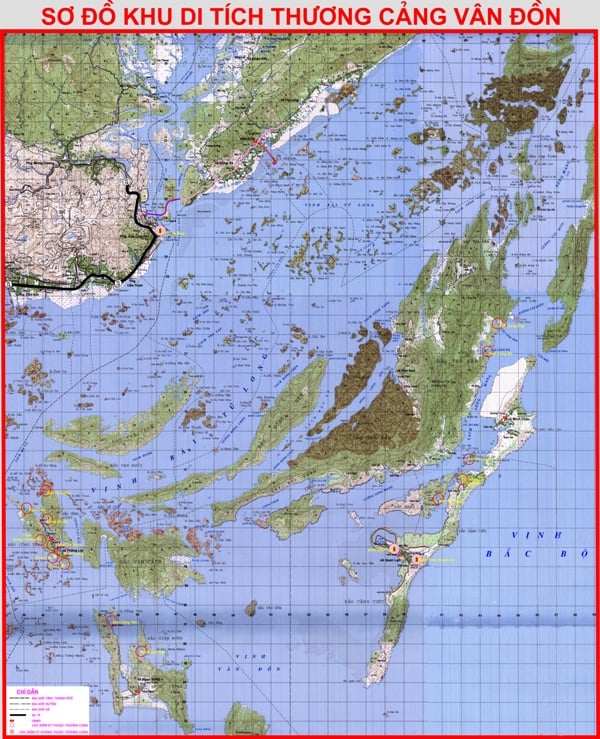
Based on documents and relics, it can be seen that the trading relationships at this port included merchants from Dai Viet, China, Japan, Indonesia, Thailand, Spain, the Philippines, Singapore, etc. Goods here included ironwood, gold, cinnamon, pearls, ivory, silk, brocade and especially pottery.
Why are the archaeological remains in Van Don Commercial Port mainly ceramics? That is because organic objects such as wood, cinnamon, silk, brocade have been destroyed over time, although the trade route was famous for silk (hence the name “Silk Road”). Ceramics, on the other hand, are durable over time. On the other hand, Chinese ceramics are famous products that the Western world loves (ceramics from Jingdezhen kilns, for example), Chu Dau ceramics from Vietnam, Hizen ceramics from Japan, or some sophisticated Western ceramics that Eastern people love…
Another issue that needs to be investigated to find an answer is why Van Don Commercial Port gradually lost its role during the Le Trung Hung period and the Nguyen Dynasty. I think it is for the following reasons:
First of all, it was due to the change in policy of the Dai Viet state. At first, foreign merchant ships were only allowed to trade far from the capital, far from the economic and political centers of the country. Nguyen Trai in his work Du Dia Chi recorded: Foreign merchant ships were only allowed to anchor and trade in Van Don and coastal areas, and were not allowed to go deep into the main roads such as Hai Duong, Kinh Bac, Son Tay, Son Nam and especially Thang Long. Perhaps, the Le dynasty thought that this was a safer way, avoiding all security scrutiny from foreign countries.
During the Le Trung Hung period, especially during the reign of King Le Than Tong, "wholesale markets" were established, including in Thang Long. Therefore, Van Don Commercial Port no longer played the sole role of trading. During the Nguyen Dynasty, Van Don was still the gateway for trade with China, but the level had declined due to the "closed-door" policy of the Qing Dynasty and King Tu Duc who "blocked the river and banned the market" from foreign countries, especially Western merchant ships, so the role of Van Don Commercial Port had significantly decreased.
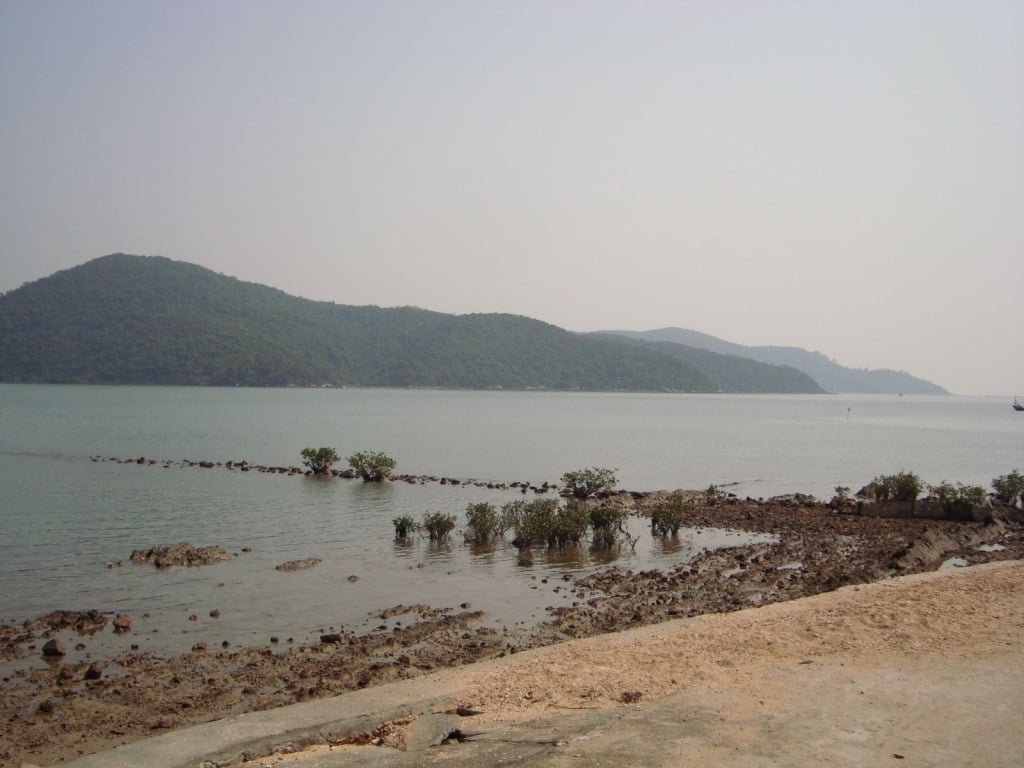
Next, due to advances in shipbuilding technology, the East-West trade route had new routes, for example, it was possible to go straight from Central Vietnam to the South China region without going around the west side of Hainan Island in the Gulf of Tonkin, which was another factor that made the sea route through Van Don even less crowded with ships.
Regarding the preservation and promotion of the value of the Van Don Port relic complex with a focus on serving tourism development, Associate Professor Do Van Ninh and I went on a field trip to survey the relics in Quan Lan, Van Don in 1983. At that time, taking a boat from Ha Long straight to Quan Lan, the scenery was beautiful. The central island of the Van Don Port relic complex was still wild. Now it is certainly very different from the scene 40 years ago. Although Van Don island district has developed strongly, especially the infrastructure around Cai Rong town and the largest island Cai Bau, the tourism development of Quan Lan island, once the center of Van Don Port, has not yet been properly developed.
Our State's policy is that development must go hand in hand with conservation, especially for cultural heritage. The "cultural heritage capital" for the tourism industry is so rich that not every country has it like ours. The "capital" is so thick, but for many years we have not paid attention to exploiting it properly. Now we have the right direction. What is the "cultural heritage capital" of Van Don Commercial Port? Fortunately, this heritage capital is still relatively intact, the dense layers of pottery culture are still there, stretching 200m along the shore. Religious relics related to the war against the Yuan-Mongol in 1288 by General Tran Khanh Du are still being restored, worshiped, traditional festivals, the beautiful white sand beaches still retain their wild beauty...
Entering a new phase, to develop tourism. Van Don commercial port also needs to promote its advantages. That is the advantage of historical and cultural heritage, the advantage of convenient transportation for domestic and foreign tourists to Van Don; the advantage of beautiful scenery because the beauty of Van Don, Quan Lan until now is fortunate to still retain many wild features.
Source


![[Photo] Special relics at the Vietnam Military History Museum associated with the heroic April 30th](https://vstatic.vietnam.vn/vietnam/resource/IMAGE/2025/4/3/a49d65b17b804e398de42bc2caba8368)
![[Photo] Prime Minister Pham Minh Chinh chairs meeting after US announces reciprocal tariffs](https://vstatic.vietnam.vn/vietnam/resource/IMAGE/2025/4/3/ee90a2786c0a45d7868de039cef4a712)
![[Photo] General Secretary To Lam receives Japanese Ambassador to Vietnam Ito Naoki](https://vstatic.vietnam.vn/vietnam/resource/IMAGE/2025/4/3/3a5d233bc09d4928ac9bfed97674be98)
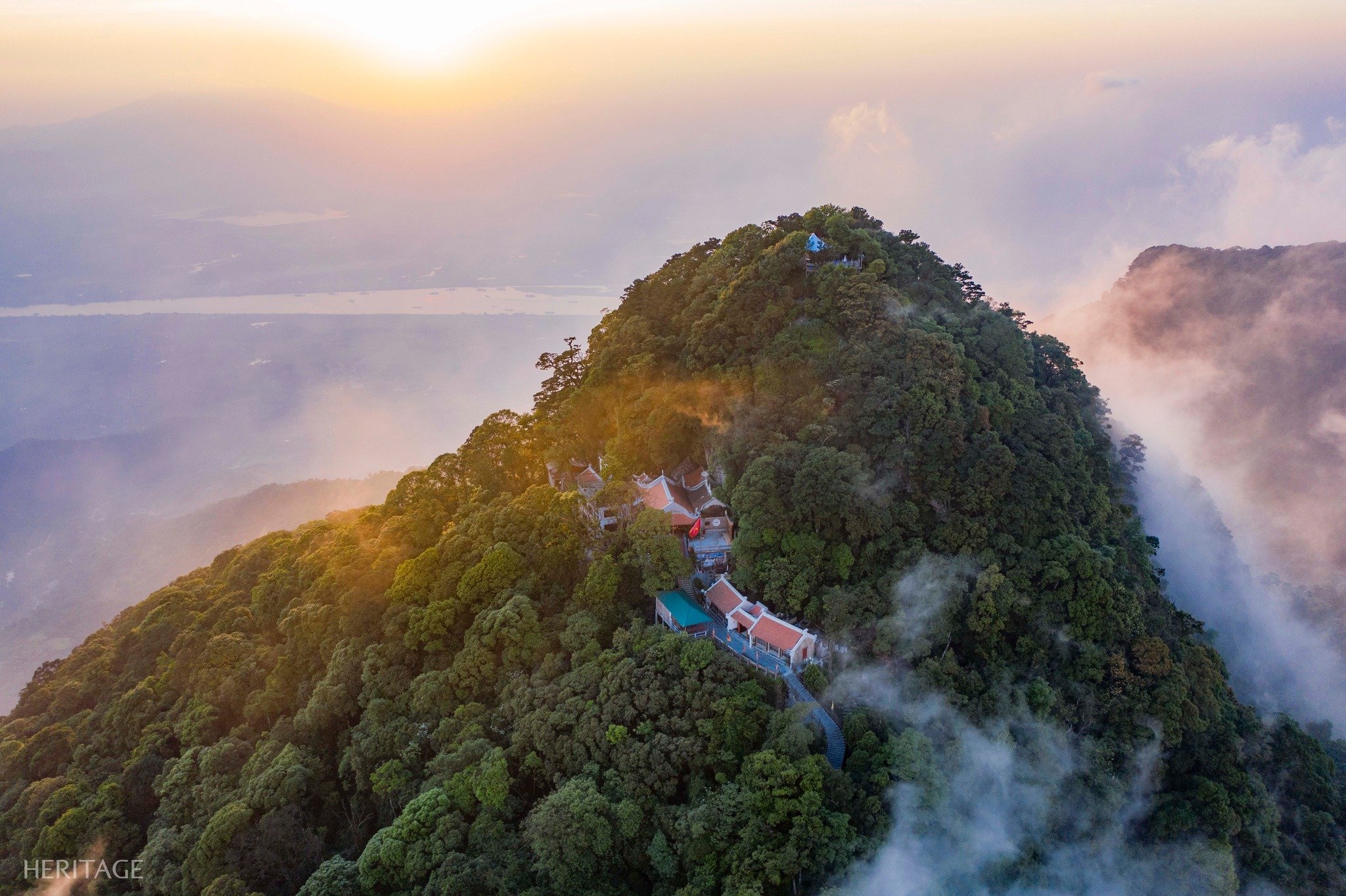
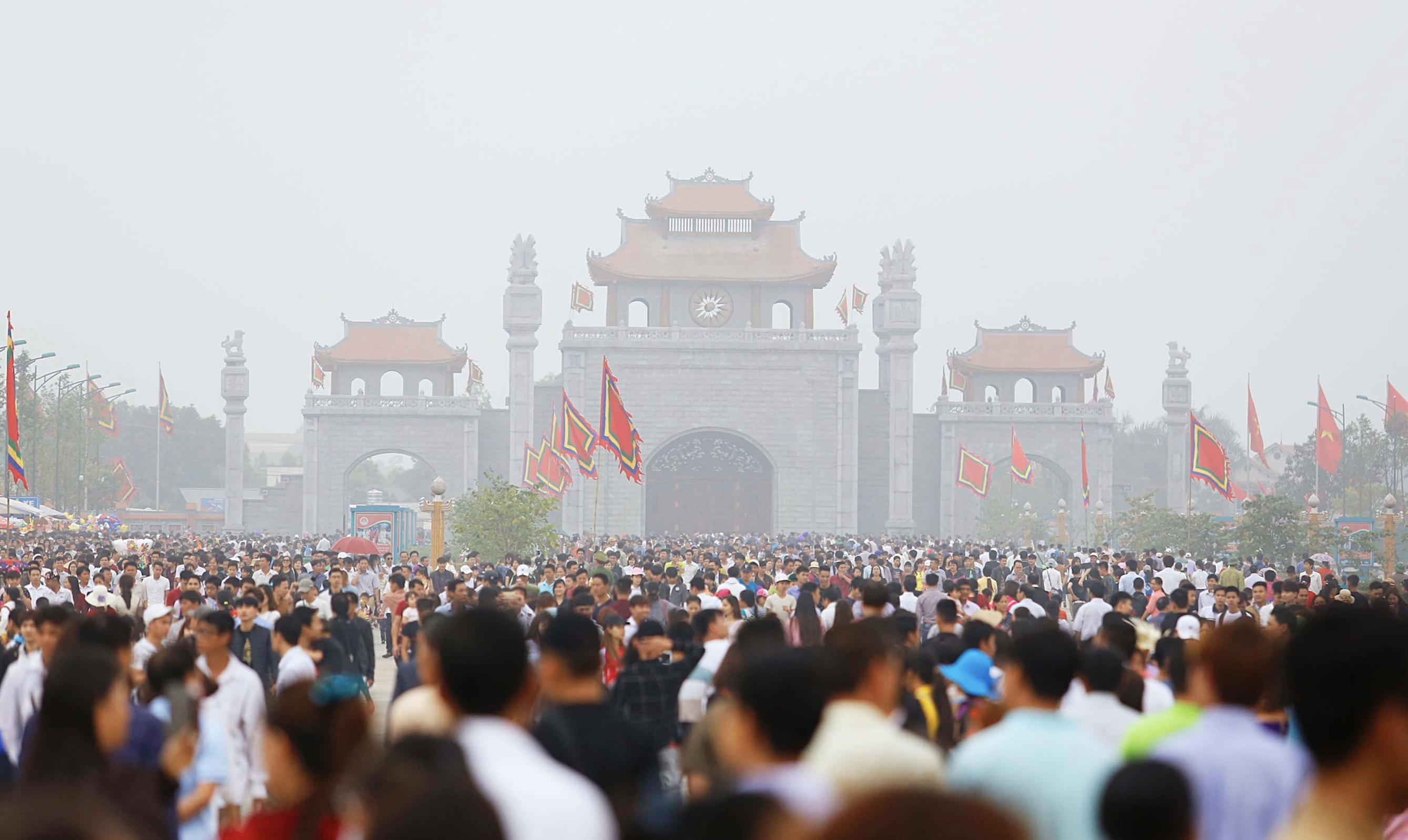
![[Photo] Moment of love: Myanmar people are moved to thank Vietnamese soldiers](https://vstatic.vietnam.vn/vietnam/resource/IMAGE/2025/4/3/9b2e07196eb14aa5aacb1bc9e067ae6f)


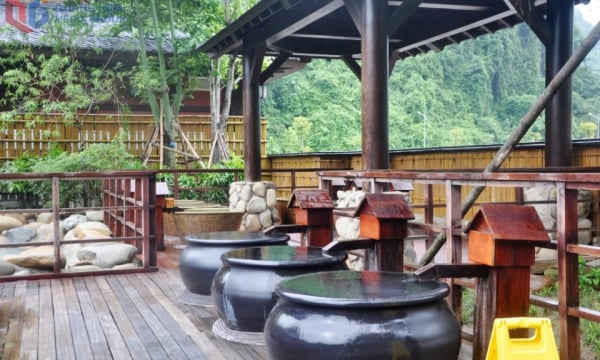
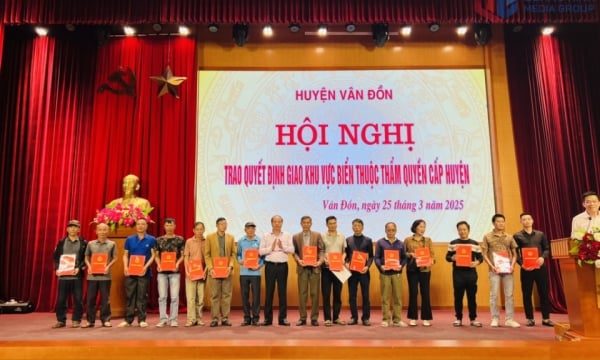
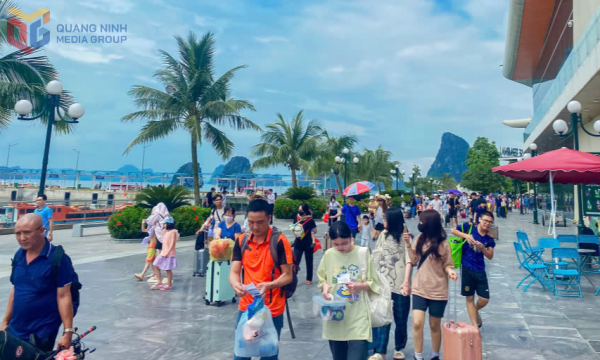
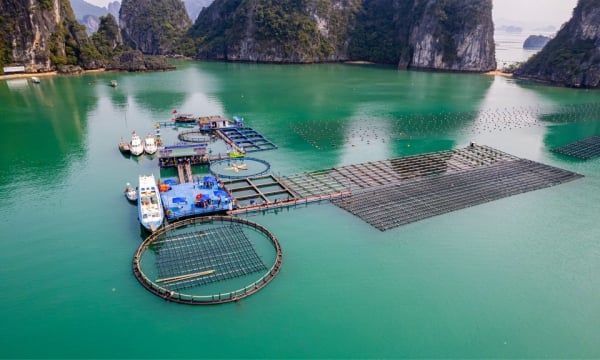
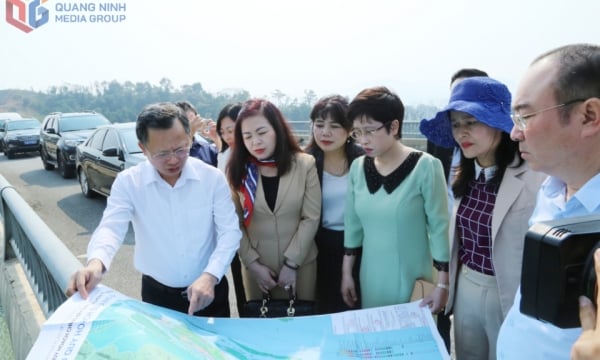



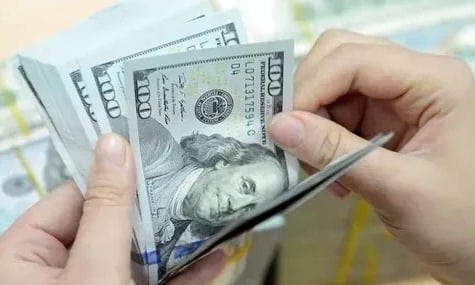
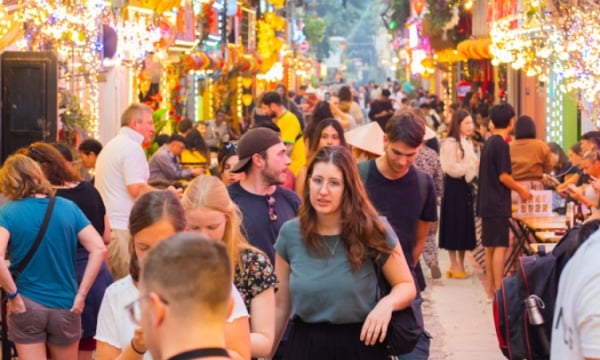









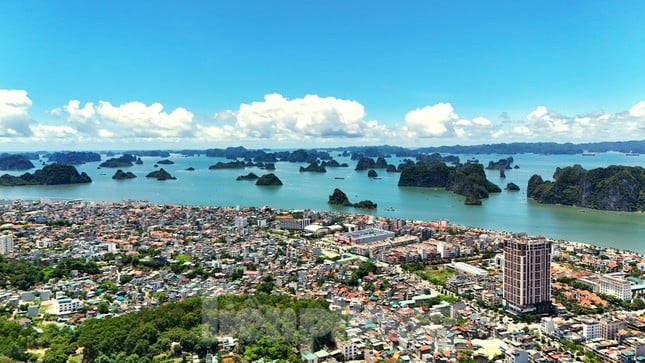

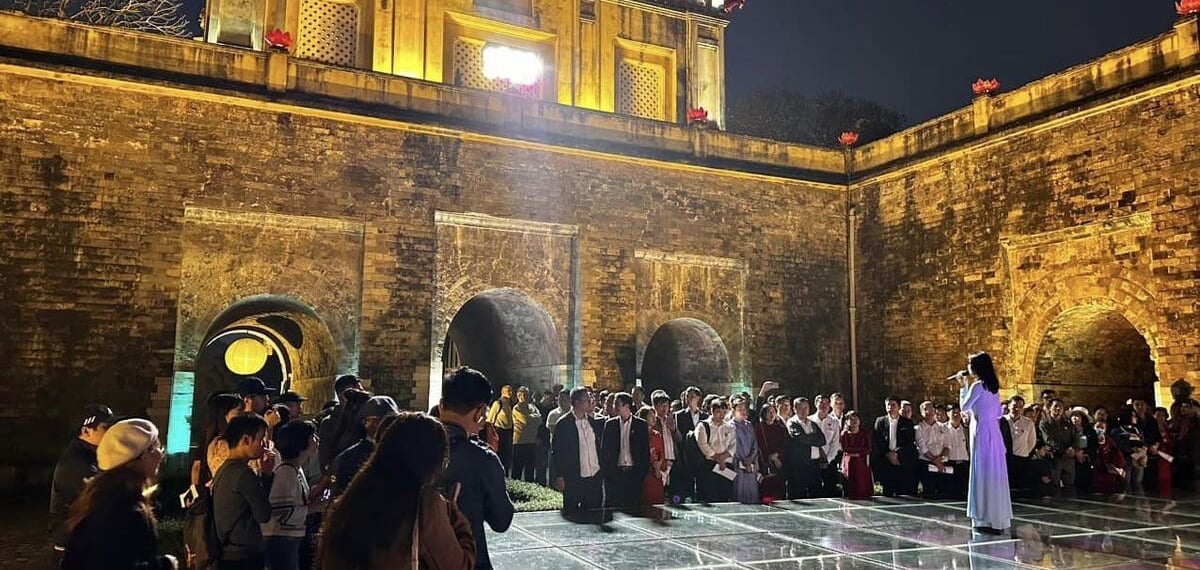

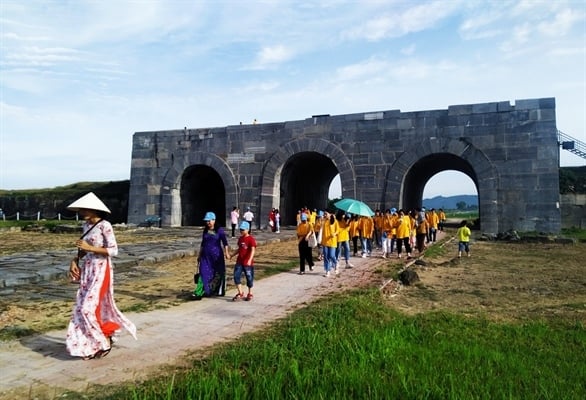

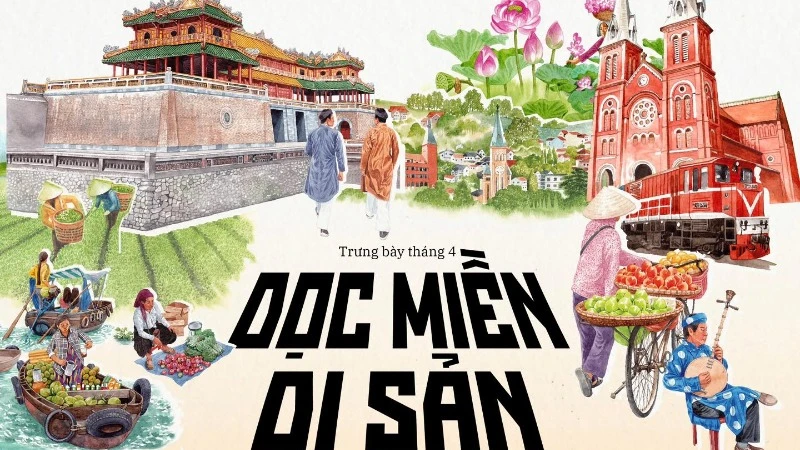

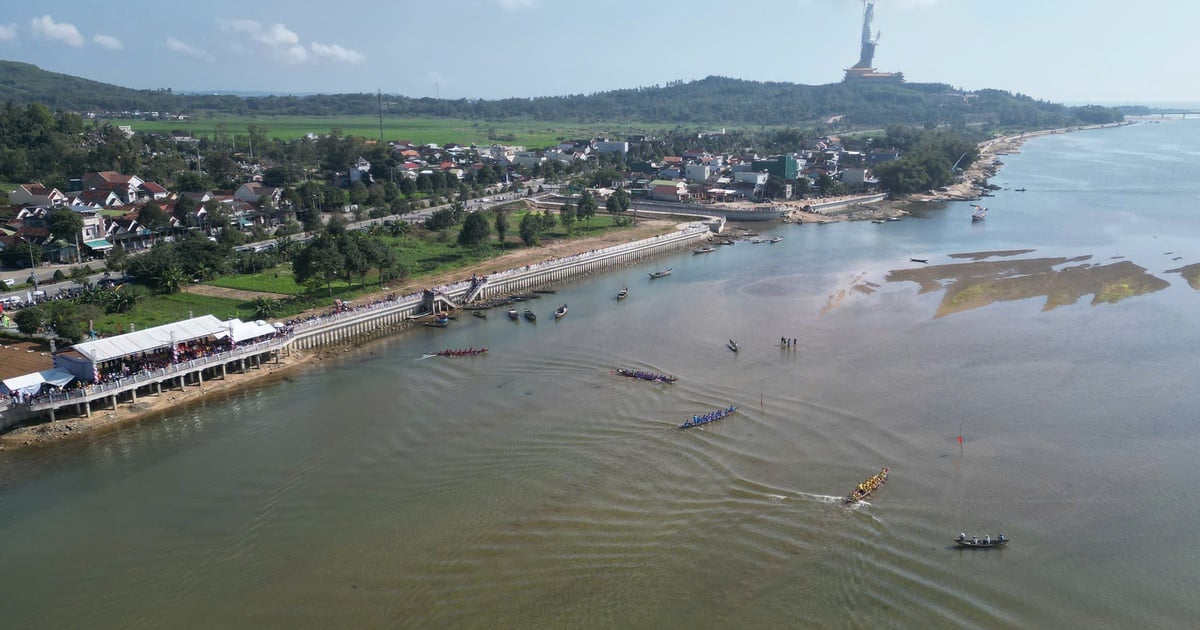








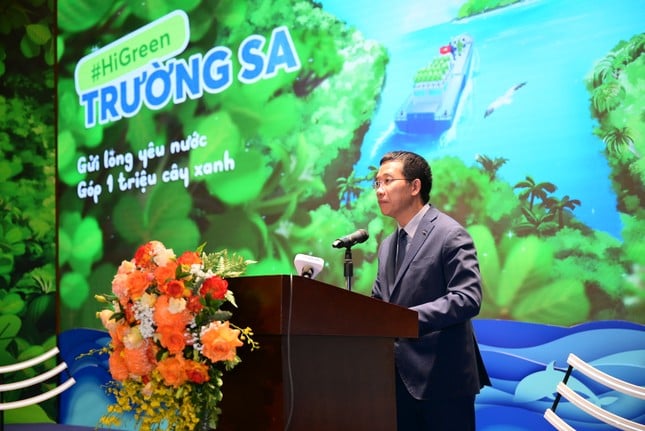











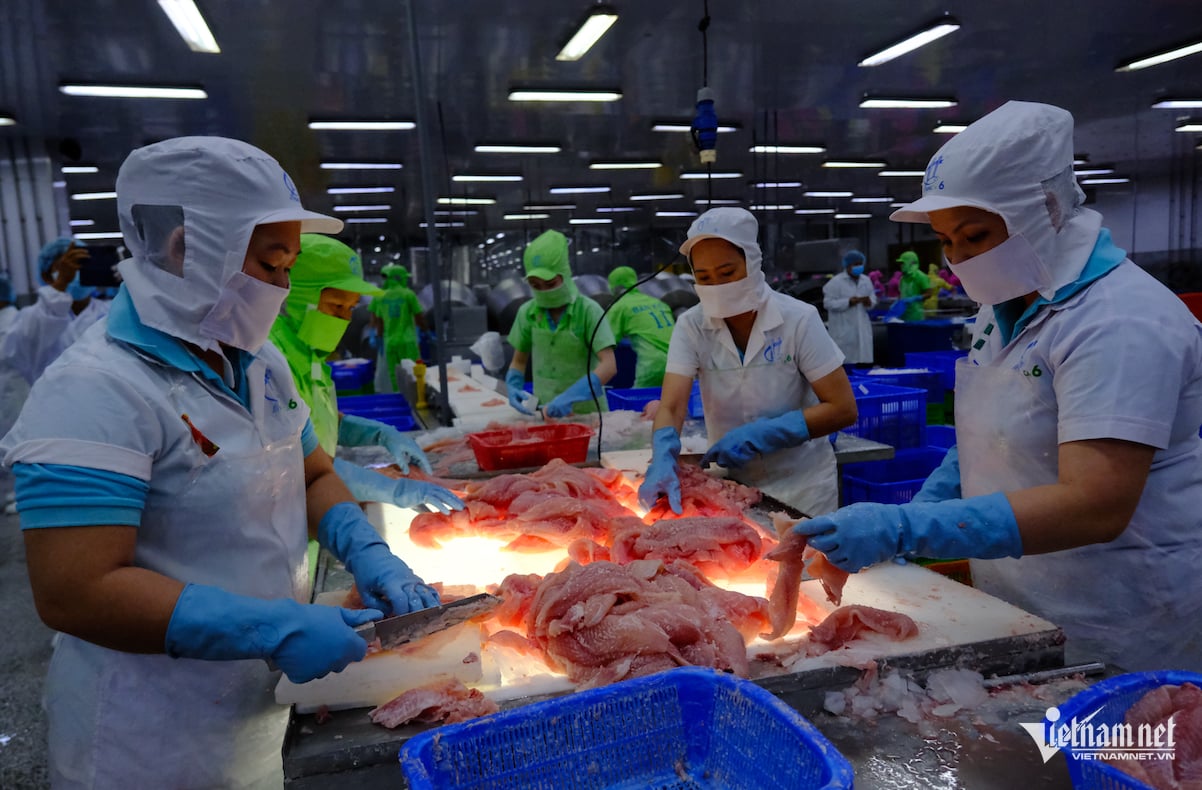









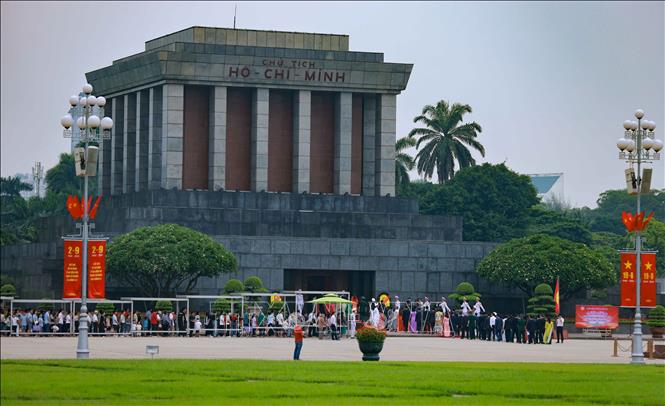




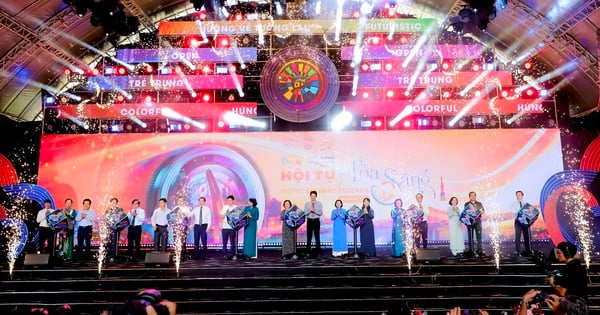






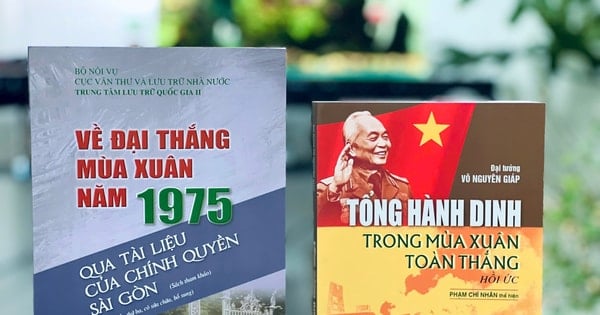














Comment (0)